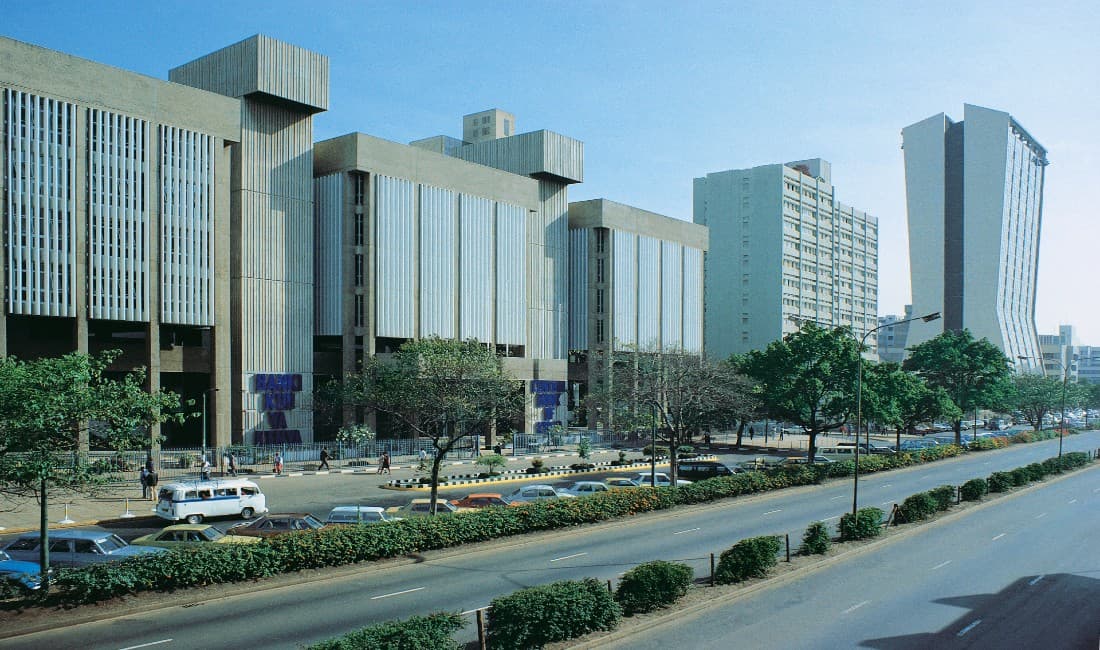We're loading the full news article for you. This includes the article content, images, author information, and related articles.
With diaspora remittances forming a critical pillar of Kenya's economy, the high cost of air travel presents a significant hurdle. Strategic planning is now essential for thousands seeking affordable flights home amid complex market forces.

NAIROBI – For the millions of Kenyans living abroad, the annual or biennial pilgrimage home is a cherished tradition, reinforcing familial and cultural ties. Yet, this journey is increasingly fraught with financial hurdles as volatile airfares clash with the diaspora's role as a primary engine of Kenya's economy. As the country prepares for the peak travel seasons of December-January and July-August, the challenge of securing affordable passage is a pressing concern for many.
The financial contributions of the diaspora are staggering and indispensable. In the first nine months of 2025, Kenyans abroad sent home approximately Sh488.5 billion ($3.774 billion), a 3.2% increase from the same period in 2024, according to data released by the Central Bank of Kenya (CBK) on Tuesday, 21 October 2025. These remittances, which outstrip earnings from tourism and key agricultural exports, are a vital source of foreign exchange, supporting everything from household expenses and education to local business investment. The United States remains the largest source, accounting for 56% of total remittances in April 2025.
Despite the economic importance of their visits, diaspora members face a complex web of factors driving up the cost of flights to Nairobi’s Jomo Kenyatta International Airport (JKIA), a key regional hub. According to a July 2025 analysis by the International Air Transport Association (IATA), African airlines grapple with operating costs nearly double the global average. This is attributed to older, less fuel-efficient fleets, higher maintenance expenses, and inflated jet fuel prices due to logistical challenges and limited supplier competition on the continent.
Furthermore, government taxes and fees significantly inflate ticket prices. A 2024 study by the African Airlines Association (AFRAA) found that international passengers departing from African airports pay an average of $68 in such charges. In Kenya, a new Air Passenger Service Charge, signed into law on Tuesday, 15 October 2025, adds $50 (approx. KSh 6,500) to each international ticket to fund various aviation and tourism bodies.
The national carrier, Kenya Airways (KQ), has also faced significant headwinds. The airline reported a KSh 12.15 billion net loss for the first half of 2025, citing the grounding of several long-haul aircraft due to global supply chain disruptions for spare parts, which reduced its capacity by about 20%. While KQ is expanding its network through partnerships, such as a new codeshare agreement with Qatar Airways announced on Sunday, 20 October 2025, these operational challenges impact fare stability.
Travel analysts and industry data suggest that while market forces are powerful, strategic planning can yield substantial savings. Kenyans abroad are advised to employ a multi-pronged approach to mitigate high costs.
As global economic conditions remain uncertain, the financial calculus of returning home will continue to be a priority for Kenya's diaspora. By understanding the market dynamics and adopting methodical booking strategies, they can better navigate the turbulent airfare landscape and maintain their vital connection to the nation.
Keep the conversation in one place—threads here stay linked to the story and in the forums.
Other hot threads
E-sports and Gaming Community in Kenya
Active 6 months ago
Popular Recreational Activities Across Counties
Active 6 months ago
The Role of Technology in Modern Agriculture (AgriTech)
Active 6 months ago
Investing in Youth Sports Development Programs
Active 6 months ago